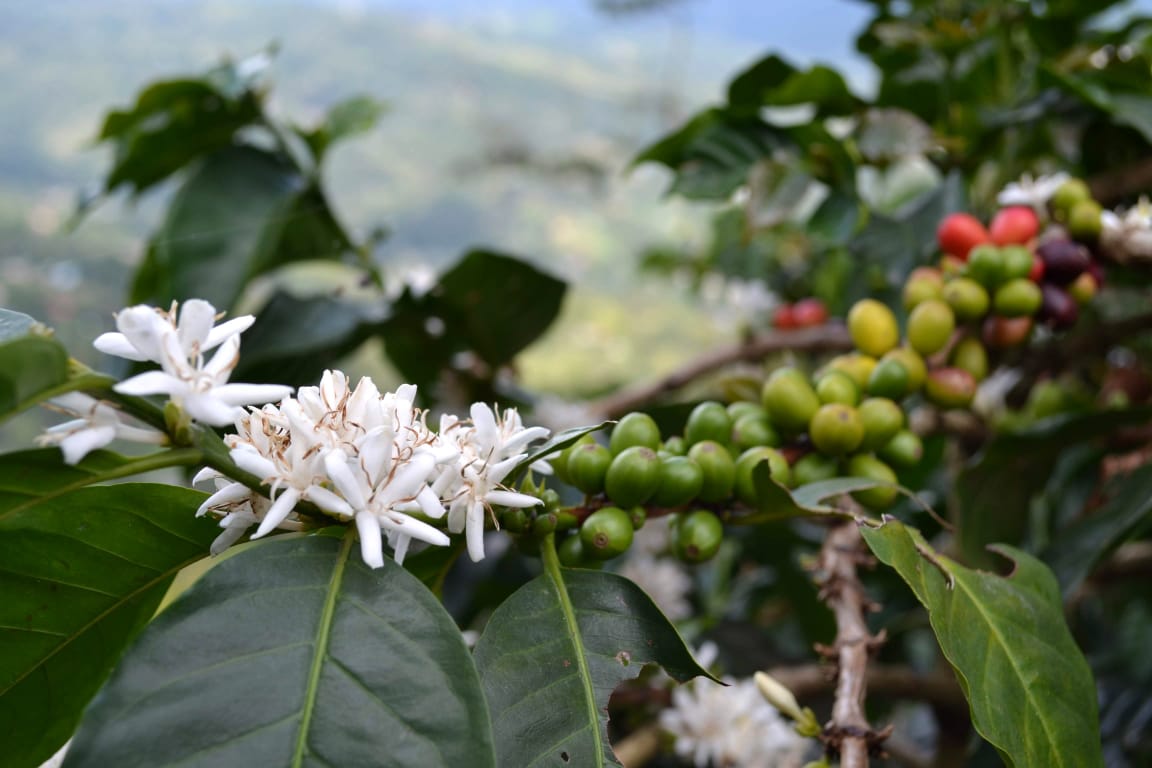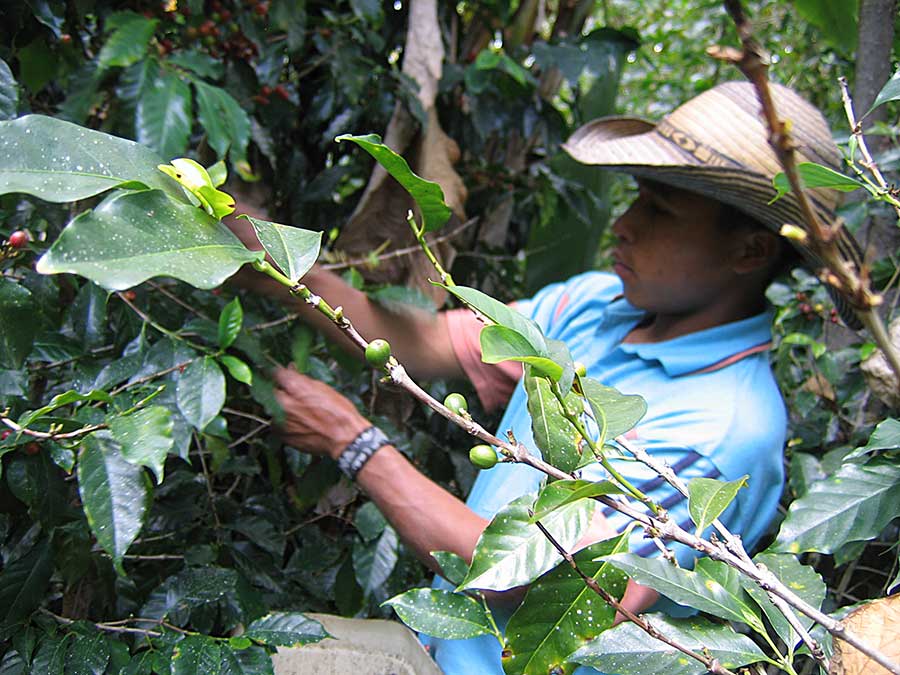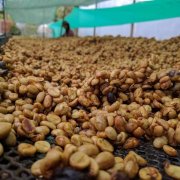Which coffee varieties are resistant to leaf rust? Control of coffee leaf rust and its harm to economy
When coffee rust first appeared in Brazil, almost all coffee in America, even almost all commercially produced coffee, can be traced back to a tree planted in King Louis XIV's greenhouse in 1713. The genetic consistency of commercial coffee production constitutes (and will continue to constitute) a significant potential risk of devastating epidemics.

It has been known for some time that wild coffee species are resistant to coffee rust. So far, nine resistance genes have been identified, mainly from C. canephora and C. liberica (Fig. 12). One challenge for breeders is to combine rust resistance with good agronomic properties and quality coffee. The next challenge is to deploy these resistance genes in such a way that they are not immediately overcome by the new race of H.vastatrix. So far, more than 40 different races of H.vastatrix have been identified, and some new hybrids can attack previously resistant hybrids. New rust continues to appear. In order to reduce the selection of poisonous varieties, breeders at Cenicafe, Colombia's National Coffee Research Center, created a compound variety with uniform agronomic characteristics and coffee quality, but mixed with rust resistance genes.
A disturbing development in coffee breeding is the sharp loss of genetic diversity of wild coffee species. There is little genetic diversity in coffee in southwestern Ethiopia, where small grains evolve outside the rainforest. These forests have shrunk to less than 1/10, thanks to logging, fuelwood harvesting and expanded cultivation driven by population growth. The Ethiopian Institute for Biodiversity Conservation and Research is working to preserve the rest, and the Ethiopian Government has banned the export of coffee plants and coffee seeds from the country.
Meaning
Coffee rust can lead to premature leaf loss, which reduces photosynthesis and weakens trees. As the next season of berries will bear fruit on the branches of this season, the rust of this season will reduce the yield of the next season. Depending on the weather of the current season and the yield and infection levels of the previous season, yields may vary by as much as 10 times from one season to the next. Severe infection can cause branches to die and even kill trees (figure 13).
Economic impact

Coffee rust is the most important coffee disease in the world economy. In terms of monetary value, coffee is the most important agricultural product in international trade. Even a small decline in coffee production or a small increase in production costs caused by rust can have a huge impact on coffee producers, support services and even banking systems in countries whose economies are entirely dependent on coffee exports.
Important Notice :
前街咖啡 FrontStreet Coffee has moved to new addredd:
FrontStreet Coffee Address: 315,Donghua East Road,GuangZhou
Tel:020 38364473
- Prev

What are green coffee beans and why are green coffee beans so popular? What are its uses and benefits?
Green coffee beans have become increasingly popular in the past few years because of their health benefits, customized cooking and, most importantly, their longer shelf life. Unlike roasted coffee beans, raw coffee beans can remain stable for a long time under appropriate conditions. If you are curious about this new caffeinated craze, or if you have some suspense about the green aspect of beans
- Next

Everything you need to know about coffee cherries Coffee is actually a fruit? Coffee processing methods
Not every coffee lover knows that coffee beans are actually seeds of coffee cherries. Do you want to know how it went from fruit to your everyday cup? Although coffee cherry pulp has a direct impact on the taste of coffee beans, the pulp remaining during processing is considered waste. But it has some surprising benefits and now has a number of different uses. Want to know more about this?
Related
- Detailed explanation of Jadeite planting Land in Panamanian Jadeite Manor introduction to the grading system of Jadeite competitive bidding, Red bid, Green bid and Rose Summer
- Story of Coffee planting in Brenka region of Costa Rica Stonehenge Manor anaerobic heavy honey treatment of flavor mouth
- What's on the barrel of Blue Mountain Coffee beans?
- Can American coffee also pull flowers? How to use hot American style to pull out a good-looking pattern?
- Can you make a cold extract with coffee beans? What is the right proportion for cold-extracted coffee formula?
- Indonesian PWN Gold Mandrine Coffee Origin Features Flavor How to Chong? Mandolin coffee is American.
- A brief introduction to the flavor characteristics of Brazilian yellow bourbon coffee beans
- What is the effect of different water quality on the flavor of cold-extracted coffee? What kind of water is best for brewing coffee?
- Why do you think of Rose Summer whenever you mention Panamanian coffee?
- Introduction to the characteristics of authentic blue mountain coffee bean producing areas? What is the CIB Coffee Authority in Jamaica?

